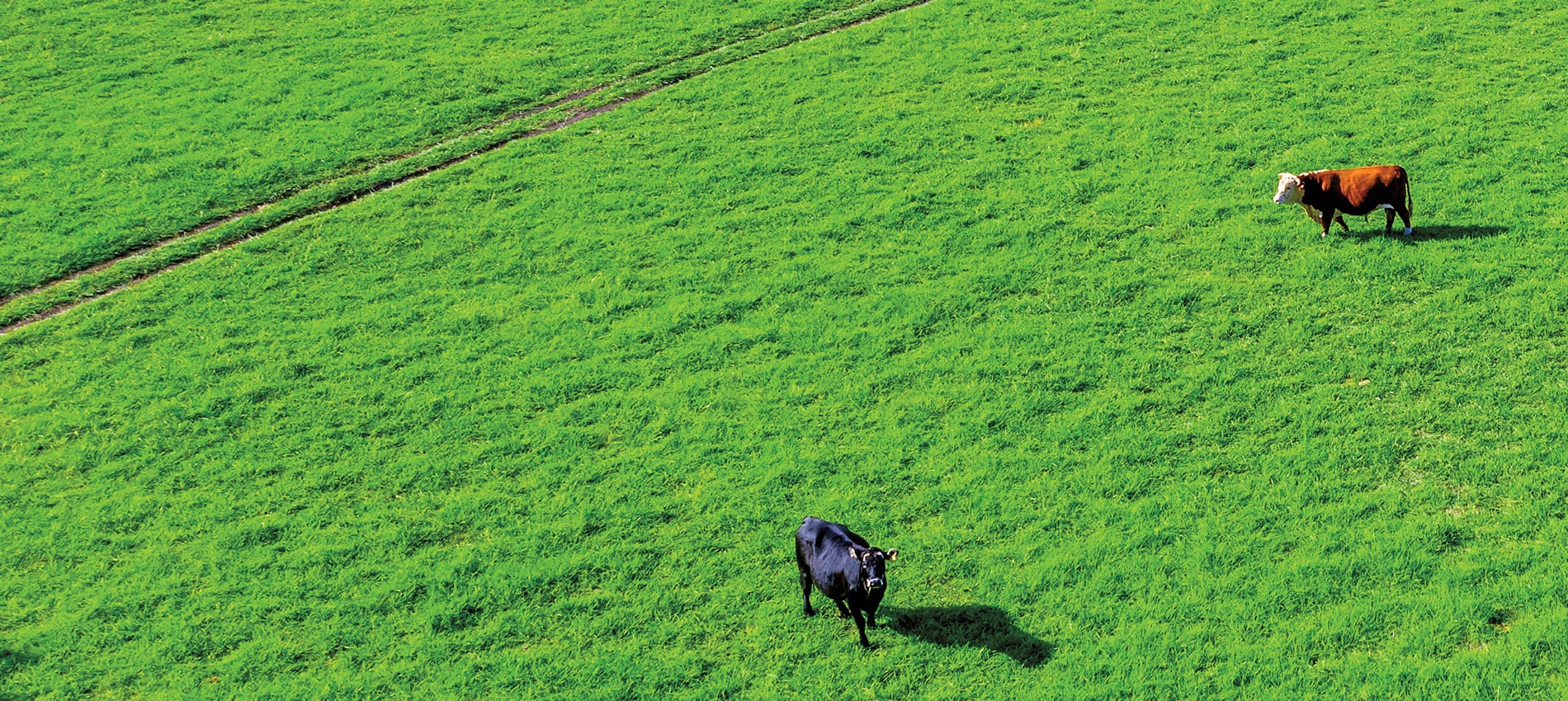Of all the calls Texas can make to the heart of a Texan, owning some of its land may be the strongest.
If you’re a Texas landowner, you’re in good company; 97 percent of our state is privately owned and managed. Accompanying the thrill of owning property in Texas, though, is that all-too-familiar sting of the state’s high property taxes, which begs the question—how can landowners maximize the use of their property?
The two main ways to strategically maximize your land’s potential while saving money are through agriculture production and wildlife management. For property owners that utilize their land for agricultural purposes, like growing crops, or to improve native wildlife populations, Texas has provided valuation methods to help offset the cost of high property tax rates.
The Two Types of Tax Appraisal Methods
Two types of tax appraisal methods in Texas are called 1-d (Assessment of Lands Designated
for Agriculture Use) and 1-d-1 (Taxation of Certain Open Space Land, or OSL).
The 1-D Method
The 1-d method is for landowners who use their land full-time solely for agriculture production and who base their entire income on agriculture. Today, most landowners in Texas don’t base their entire income on full-time agriculture, which is why the state introduced a tax break that is relevant to more landowners in the form of 1-d-1.
The 1-D-1 Method
The 1-d-1 method, also known as an “ag exemption,” is based solely on the primary use of land and doesn’t take into consideration the landowner’s income or occupation. This makes it a much more appealing tax appraisal method for landowners looking for a little relief from our state’s high taxes. Texas bill HB 1358 added wildlife management to the list of qualifying agriculture practices for tax relief under OSL 1-d-1 in 1995. Most landowners in Texas who take advantage of this tax exemption fall under the 1-d-1 appraisal through agriculture valuation or wildlife.
How to Qualify
To qualify for OSL 1-d-1 based on wildlife management use, there are a few requirements you need to meet:
- Your property must have been appraised and qualified for open-space agriculture land use the year prior to conversion to wildlife management use. If the land is not currently qualified under the open-space agriculture land use appraisal, you can apply for qualification by submitting documentation demonstrating agricultural use of the property for five out of the last seven years.
- Your property must be “actively managed” to sustain a breeding, migrating or wintering population of indigenous wildlife for human use. “Human use” means that the wildlife species is being used for food, medicine or recreation, or through passive use such as simply owning property and managing the wildlife resources.
- You must submit a wildlife management plan to the chief tax appraiser in your county. Your plan must coincide with the management practices implemented on the specified property and must also coincide with the recommended practices for your specific ecoregion outlined in the Texas Parks and Wildlife Department Comprehensive Wildlife Management Plan Guidelines.
Pursuing an ag exemption and putting your land to work for you under 1-d-1 is one of the ways you can make Texas land ownership financially sustainable and even more fulfilling.
For more detailed information about qualifying for agriculture and wildlife tax appraisal, visit FredericksburgRealty.com/Navigating-Ranch-Ownership
Michal Ann Morrison
Michal Ann is a writer, researcher and producer from Austin, Texas. Much of her writing focuses on the field of healthcare, and she creates content for companies with platforms that are improving the quality, experience and cost of healthcare for consumers and patients. She has worked in archaeological research for nine years in the Middle East, Mediterranean and, of course, Texas, and is a producer with Women Rising on an upcoming film about women and autoimmune disease. In Austin, she serves as a Vice Chair of the Keep Families Giving Foundation, where she focuses her work on gender equality and mental health programming, and is an advocate for the Women’s Peace and Humanitarian Fund with the United Nations. Sustainable agriculture and land conservation are key interests of hers, and she writes on topics related to Hill Country living for Fredericksburg Realty. Find out more: FredericksburgRealty.com
